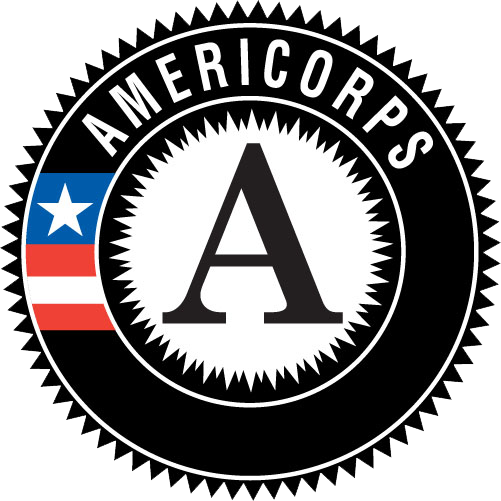Clinical and experimental neuropsychology, neuroimaging, | |||||||||||||||||||||||||||||||||||||||||||||||
| |||||||||||||||||||||||||||||||||||||||||||||||
| Project Description Research Interests (As of May 2011) Two broad themes characterize recent research projects. The first area concerns genetic/evolutionary perspectives on individual variation in brain development. For quite some time my colleagues (esp. Steven Gangestad and Robert Thoma) and I have been interested in developmental instability (DI). DI refers to an organism’s inability to effectively carry out its developmental program in the face of adverse genetic and environmental stressors. Greater DI confers vulnerability to variation in brain development across both the normal spectrum and neurodevelopmental disorders. We have proposed that two conceptually distinct sets of genetic factors contribute to the etiology of neurodevelopmental disorders: a genetic influence that represents a broad vulnerability for atypical brain development (the DI component), and a set of unique genetic factors that lead to specific neurodevelopmental disorders (e.g., autism, dyslexia, schizophrenia). The major genetic abnormality underlying the general factor has been suggested to be overall mutation load. Older work utilized proxy measures of DI -- fluctuating anatomic asymmetries and minor physical anomalies. Recent work has focused on direct measurement of mutation load through assessment of copy number variations (CNVs). We have applied this approach to several important types of phenotypic variation, including intelligence, schizophrenia, and cerebral asymmetry. For representative publications of this first area: See references 1-11 in publications list. The second area of research is brain injury. I’m interested in the neuroanatomic and neurophysiologic underpinnings of diverse forms of brain injury, and how these abnormalities map onto functional deficits. The type of brain injury we have studied most frequently is traumatic brain injury. My colleagues (esp. Andy Mayer and Chuck Gasparovic) from the Mind Research Network (www.mrn.org) and I have pioneered the use of Magnetic Resonance Spectroscopy as a non-invasive neuroimaging technique with great clinical potential. More recently, we have also utilized fMRI connectivity analyses and Diffusion Tensor Imaging (DTI). For recent publications of this second area: See references 12-18 in publications list. A more recent application of our interest in brain injury is in the consequences of substance abuse. Important colleagues are Robert Thoma (UNM Psychiatry) and Kent Hutchison (University of Colorado). Work now under review utilizes DTI and MRS. For recent publications: See references 19-21 in publications list. Eligibility Graduate Research Lab | |||||||||||||||||||||||||||||||||||||||||||||||
|
|||||||||||||||||||||||||||||||||||||||||||||||



